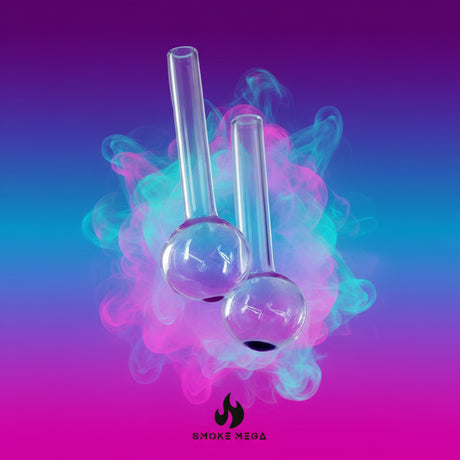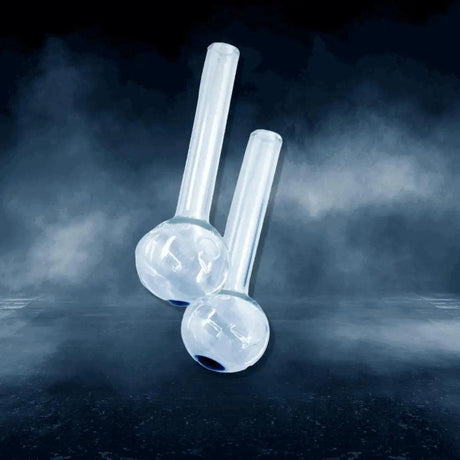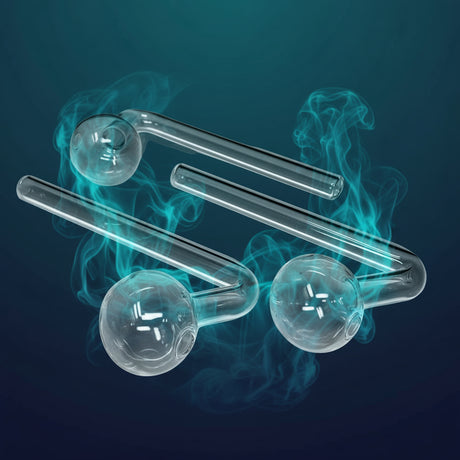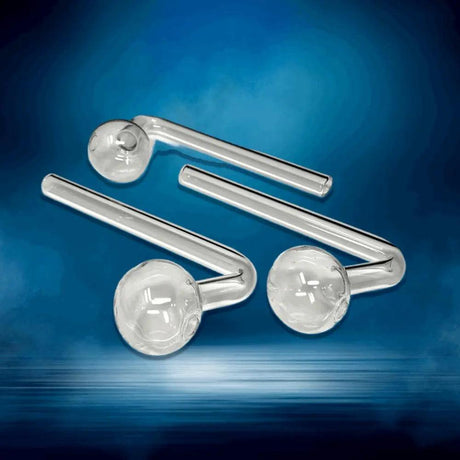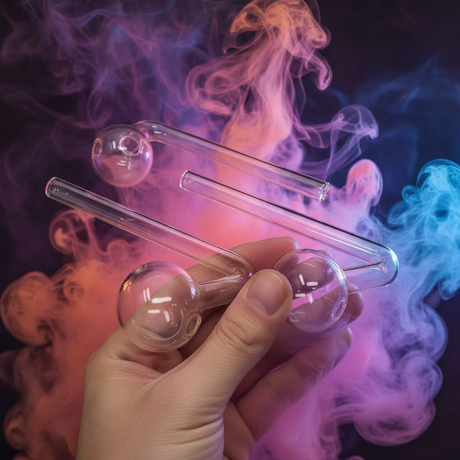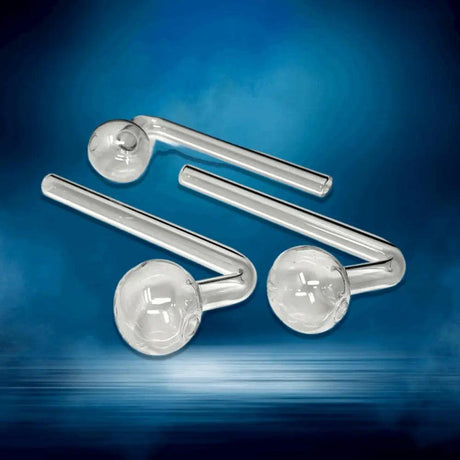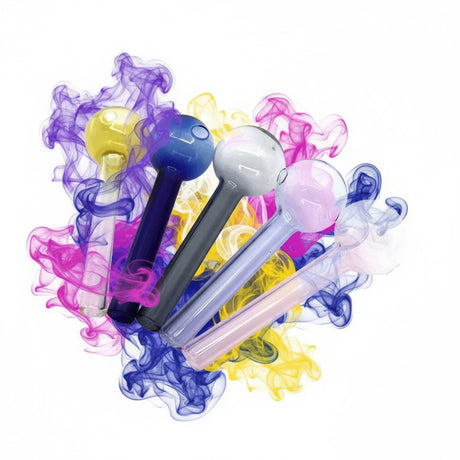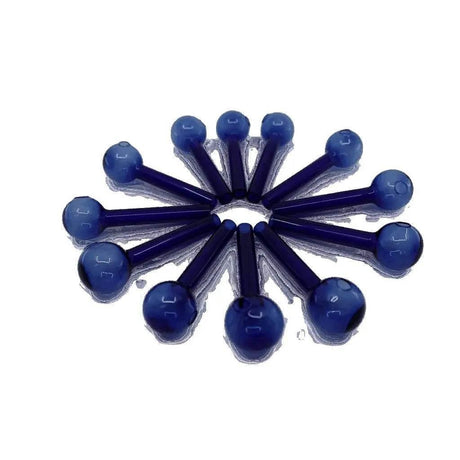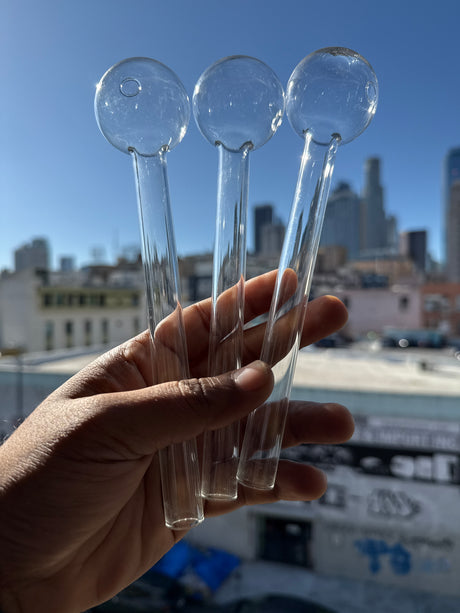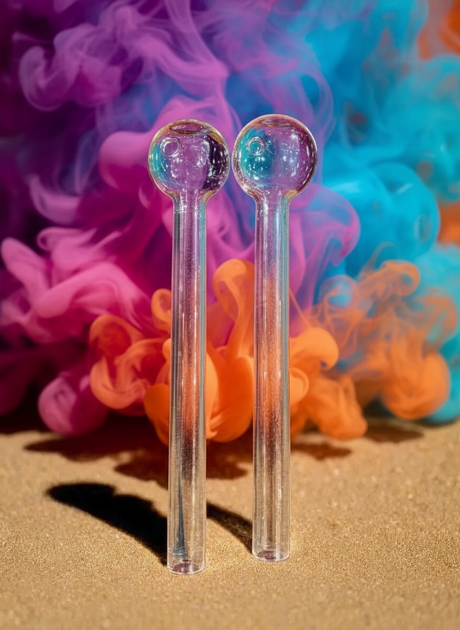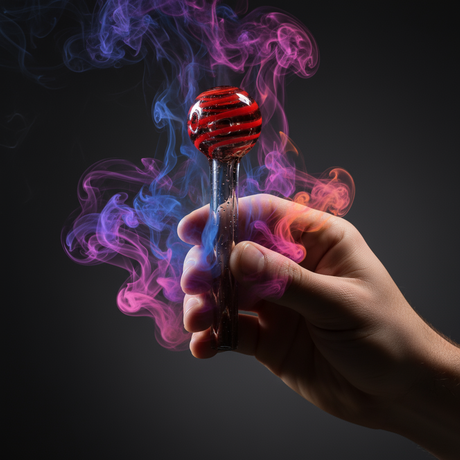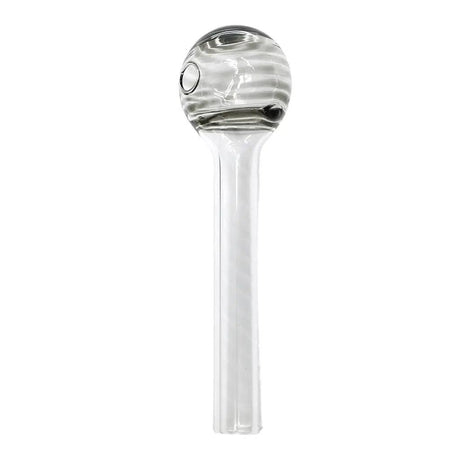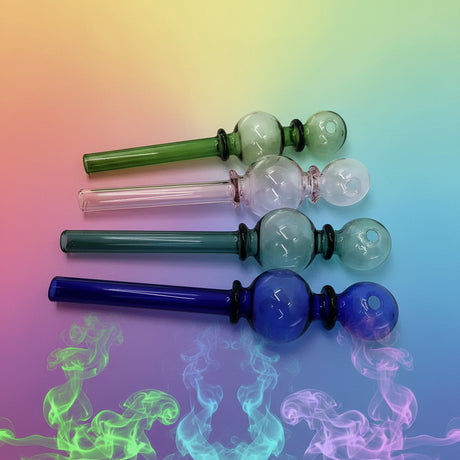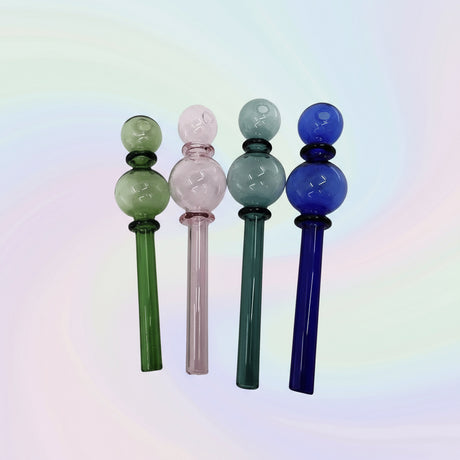Recent Posts
Quartz Banger vs. Traditional Dab Nail: Which Should You Buy?
Published on November 22, 2025
The Ultimate Thanksgiving & Friendsgiving Gift Guide: Perfect Picks for Every Budget
Published on November 12, 2025
Cyber Monday Steals: Top Bongs, Dab Rigs, and Oil Burners for the Best Value
Published on November 12, 2025
The Ultimate Black Friday Stocking Stuffer Guide (Awesome Gifts Under $30)
Published on November 12, 2025
Your Go-To Online Smoke Shop: Discover Top Bongs & Dab Rigs for Effortless Hits
Published on October 03, 2025
Top 3 Nectar Collectors For Sale In The USA
Published on July 20, 2025
Which Is Better – Bong or Joint? Let's Find Out
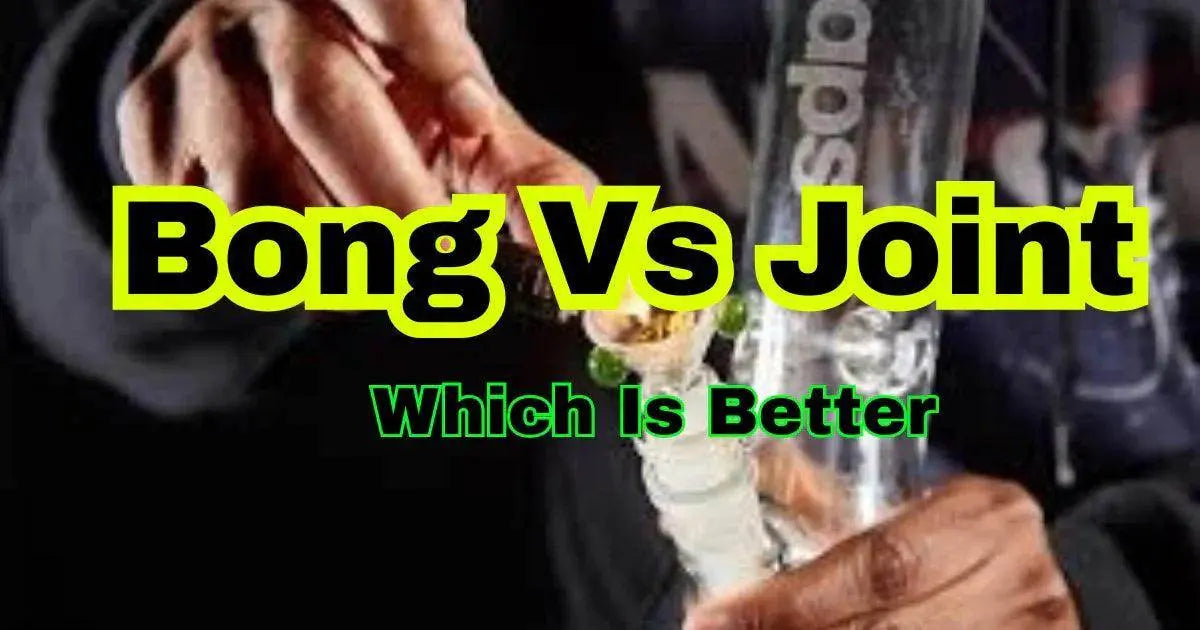
Smoke MEGA |
If you’ve ever found yourself choosing between a bong and a joint, you’re not alone. It’s a question that pops up in almost every smoke session, especially for beginners. Some people say joints feel more natural. Others believe bongs are smoother and hit harder. Both have their vibe, like picking between sneakers and sandals. Same journey, different styles.
In this guide, we’ll break it down together. You’ll learn how each one works, how they feel, and what might fit your style or your lungs better. Whether you prefer rolling papers or water filtration, we’ll help you find what suits your body and budget best.
What’s A Joint?
A joint is one of the oldest and most popular ways to smoke cannabis. You don’t need any fancy tools, just rolling papers and some weed. People like it because it’s simple, portable, and easy to share. If you’ve ever rolled up a piece of gum in a napkin as a kid pretending to smoke, the idea is similar, but this one works.

How It's Made
Making a joint starts with grinding the flower. You want the weed broken down evenly, like seasoning for food, not too chunky, not too fine. Once it’s ground, it’s rolled into a thin paper. Some folks add a crutch or filter at the end to keep things clean and easy to hold. Rolling takes a bit of skill, but once you get it, it’s like riding a bike.
What’s Inside a Joint?
The inside of a joint is usually just pure cannabis. No extra chemicals, no devices. Some people like to mix in a little tobacco — that’s called a spliff. Others might roll it in a cigar wrap, which turns it into a blunt. But if it’s just paper and weed, it’s a joint. Many smokers prefer it this way to enjoy the plant’s natural flavor.
Why People Like Joints
People like joints for a few big reasons. They’re cheap, easy to carry, and feel more natural for new users. You don’t have to clean anything, and you can light one up almost anywhere. Joints also give a more gradual high compared to a bong. It’s kind of like sipping coffee instead of chugging an energy drink — same goal, different speed.
What’s a Bong?
A bong is a tool that allows people to smoke cannabis with greater ease. It cools the smoke by pulling it through water before you inhale. Most bongs are made of glass, but you can also find them in silicone, acrylic, or even ceramic. They come in different shapes and sizes, but they all do the same thing: filter and cool the smoke. If you've ever seen someone take a big, cloudy hit from a tall glass piece, chances are, it was a bong.

What It Looks Like and How It Works
A bong usually stands upright like a small vase or tube. You fill the bottom with water, which acts as a simple filter. When you light the cannabis in the bowl, the smoke goes down the downstem. It then bubbles through the water as you breathe in. That bubbling action cools the smoke and helps remove some of the ash and particles. What you get is a cooler, less harsh inhale compared to a dry pipe or joint.
What Parts Does It Have
Every bong has a few basic parts. The bowl holds the ground cannabis. The downstem connects the bowl to the water in the base. As you inhale, smoke passes through the water chamber. Many bongs also include a carb hole or a removable bowl that acts as a carb. Some modern bongs add extra features like percolators or ice catchers to cool the smoke even more. Each part works together to make your hit smoother and cooler on the lungs.
Different Types of Bongs
Not all bongs are built the same. Some are simple, like a straight tube or beaker bong, great for beginners. Some bongs are more advanced. For example, multi-chamber bongs and percolator bongs filter smoke many times. Then there are gravity bongs, which use water pressure to pull smoke into a chamber fast. Each type gives a different experience, depending on how strong or smooth you want your hit. People often choose based on their comfort level, budget, and how often they plan to clean them.
How They Hit: Bong vs. Joint
One of the biggest reasons people compare bongs and joints is how hard—or fast—they hit. The experience isn’t just about getting high. It’s also about how high it starts, how long it sticks around, and how your body feels during the ride. Whether you're chasing quick euphoria or a slow and steady buzz, both methods bring something different to the table. Understanding the effects can help you choose what fits your mood and comfort level.

Which Gets You Higher Faster?
Bongs usually hit faster and harder than joints. That’s because you inhale a larger amount of smoke in one go. When you take a big rip from a bong, you get a concentrated dose of THC all at once. This can lead to a quicker onset time and a more intense psychoactive effect. Joints burn slower, so the heat builds up gradually. If you’re new to smoking, the sudden intensity from a bong might feel overwhelming at first.
How Long Does the High Last?
Both bongs and joints can give you a strong high, but the length often depends on how much you smoke. A joint offers a steady release of THC as you puff, which can stretch the high a bit longer. A bong might give you a short but powerful wave of euphoria. That quick burst can wear off sooner unless you take more hits. Some users say bong highs come in fast but fade faster, while joints give a more laid-back, lasting ride.
Which Feels Smoother?
Most people say bongs feel smoother on the lungs. That’s because the smoke passes through water, which cools it down and filters out some ash and heat. With joints, you're inhaling direct smoke, which can feel harsher, especially if the weed is dry or poorly rolled. A clean bong with a percolator or ice catcher can make hits feel almost silky. Still, joints have their charm—they're warm, familiar, and earthy. It's kind of like sipping hot tea vs. drinking ice water on a hot day. Both have a vibe.
Ease of Use: What’s Simpler?
When it comes to smoking weed, ease of use matters—especially for beginners. Some people want something quick and low-effort. Others don’t mind a bit of setup for a smoother experience. Whether rolling or packing, how you get there can shape your whole session. Let’s look at which method gives you less hassle and more chill.

Rolling a Joint vs. Packing a Bowl
Rolling a joint takes practice. You need a grinder, rolling papers, and a steady hand. If you’re not used to it, joints can come out too tight or too loose. Packing a bowl in a bong is quicker and easier for beginners. Just grind your weed, drop it in the bowl, and you're ready. You don't need a rolling tray or perfect technique.
Portability and Travel Use
Joints win the travel game. They’re small, lightweight, and you can pre-roll them before heading out. Just tuck one in a case or tin, and you’re good. Bongs? Not so much. They're fragile, bulky, and hard to hide. Even a small mini bong or silicone rig still takes space and care. If you’re always on the go, a joint is your pocket-sized buddy.
Cost Comparison: Which One Saves You Money?
When choosing between a bong and a joint, money often plays a big part. Some people want to keep it cheap and simple. Others are okay spending more upfront if it lasts longer. Let’s break down how much each method might cost you, both at first and over time. You’ll see where your budget fits best.
How Much Does a Joint Cost?
A single joint doesn’t cost much, some weed, a rolling paper, and maybe a filter tip. But it adds up. If you smoke often, you’ll keep buying grinders, papers, and even lighters. Think of it like buying fast food every day: cheap in the moment, but it costs more over time. Joints also burn faster, so you might go through your stash quicker.
How Much Does a Bong Cost?
Bongs have a higher upfront price, but they last a long time if you take care of them. A basic glass bong can cost anywhere from $30 to $100. More advanced ones with percolators, special shapes, or extra features can go higher. The good news? Once you buy a solid bong, you don’t have to keep spending, cleaning it and reusing it.
Percolator Bong Pricing
Percolator bongs use water and extra filters to cool and smooth the smoke. They usually cost between $60 and $200, depending on the design and glass quality. These bongs are often seen as worth the money if you want smoother hits and better filtration. They also look cool, but you’ll pay a bit more for that extra function.

Beaker Base Bong Pricing
Beaker base bongs have a wide, sturdy bottom. That makes them less likely to tip over. Prices usually start around $50 and can go up to $150 for thick glass or extra features. These bongs are popular for daily use. They hold more water, which can help trap ash and resin better than smaller models.

Silicone Bong Pricing
Silicone bongs are all about durability. They won’t break if you drop them. That makes them great for beginners or anyone who travels. Most silicone bongs cost between $20 and $60. They’re easy to clean and budget-friendly, but some say they don’t give the same smooth hit as glass. Still, they’re a solid low-cost option that gets the job done.
Tips for Getting the Best Out of a Bong
Using a bong can be simple, but small details can make a big difference. It’s not just about lighting up—it’s about making each hit smoother, cleaner, and more enjoyable. Whether you're new or experienced, dialing in your setup can take your session from harsh to heavenly. From water levels to cleaning routines, here’s how to keep your bong game strong.
How Much Water to Use?
Water level matters more than most people think. You want enough to cover the bottom of the downstem, but not so much that it splashes into your mouth. Too little water won’t filter smoke well. Too much water makes it harder to pull and can mess with the taste. A good rule? Fill until you hear a gentle bubbling when you inhale.
Best Ways to Smoke a Bong
Start slow. Pull steadily, not fast. Let the chamber fill before you clear it. This gives the smoke time to cool and filters out more harsh stuff. Grind your herb evenly and don’t pack it too tightly. That helps the air move freely and avoids burning too fast. If your hits feel rough, check your water and clean your glass—it usually fixes the problem.
Keep Your Bong Clean
A clean bong hits smoother, tastes better, and is safer for your lungs. Resin buildup and dirty water can grow bacteria and change the flavor. Rinse it after every few sessions, and deep-clean it weekly if you use it often. Use isopropyl alcohol and coarse salt for glass bongs—it’s simple and works fast. Just like brushing your teeth, regular cleaning makes everything feel fresh again.
Conclusion
Choosing between a bong and a joint isn’t about right or wrong—it’s about what fits you best. Joints are simple, cheap, and feel natural. Bongs offer smoother hits and stronger effects, but need a bit more care. If you like quick, low-maintenance sessions, joints are great. If you want bigger hits with less harshness, a bong might be your go-to. Try both and see what your body and budget enjoy most, just like picking your favorite shoes for the journey.
FAQ
1. Is a bong or a joint healthier for your lungs?
Most people think bongs are easier on the lungs, and they’re not wrong. When you smoke from a bong, the smoke passes through water. This helps filter out some of the ash and cools the smoke before you inhale. That makes the hit feel smoother and less harsh. Joints, on the other hand, burn paper, and raw smoke goes straight to your lungs. Still, any form of smoking carries health risks—there’s no “safe” smoke, but bongs can reduce the harshness a bit.
2. Which gets you higher: a bong or a joint?
Bongs usually get you higher, faster. That’s because they let you take in more smoke in one breath. It’s like drinking a full glass of water in one go instead of sipping it slowly. Joints burn slower, so the high comes on more gradually. If you’re just starting, a bong hit might feel too strong at first, but with time, you’ll learn how much your body can handle.
3. Do bongs or joints smell more?
Both bongs and joints leave a smell behind, but joints usually stink more. That’s because they keep burning, even when you’re not hitting them. Bongs only release smoke when you take a hit, so the smell stays more contained. Plus, the water in a bong traps some of the odor. If you live with others or care about smell control, bongs are usually easier to manage. But remember—smoke is smoke, and it will linger either way.
4. Which one is easier to use for beginners: a bong or a joint?
Joints are simple in theory, but rolling them takes skill. You need steady hands and some practice. Bongs are easier to set up—just grind your weed, pack the bowl, and you're ready. But they do need cleaning, and that’s something new users often skip. If you want something, you can just light up and go, a joint works well. If you want a smoother hit without the rolling hassle, go for a bong.
5. What’s cheaper in the long run: smoking joints or using a bong?
At first, joints seem cheaper. All you need is weed and rolling papers. But over time, you’ll keep buying papers, filters, and lighters. And joints burn faster, so you use more weed. A bong costs more upfront, but if you take care of it, it lasts for years. You’ll probably use less weed per session, too. So if you're thinking long-term, a bong can save you money.

